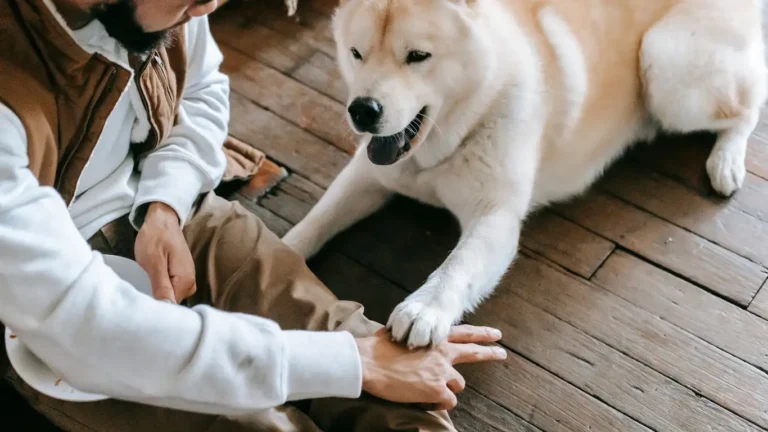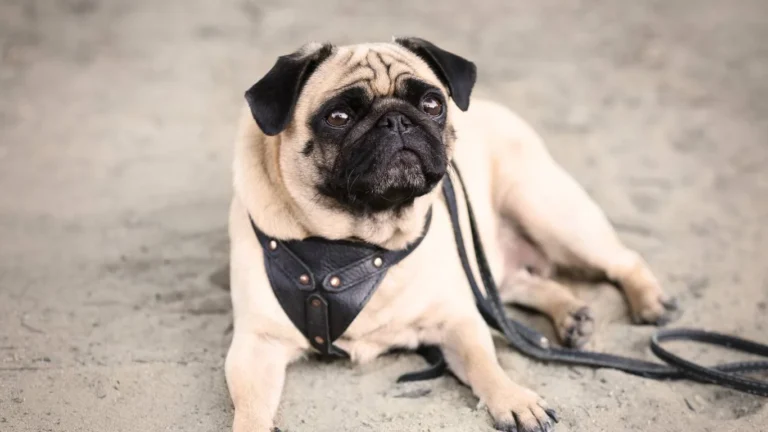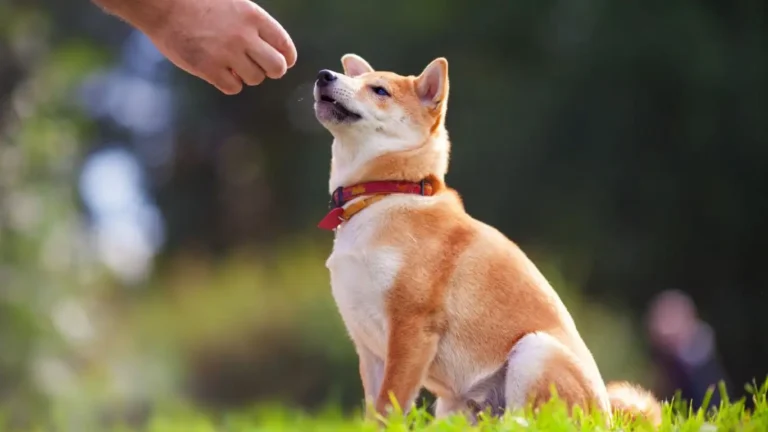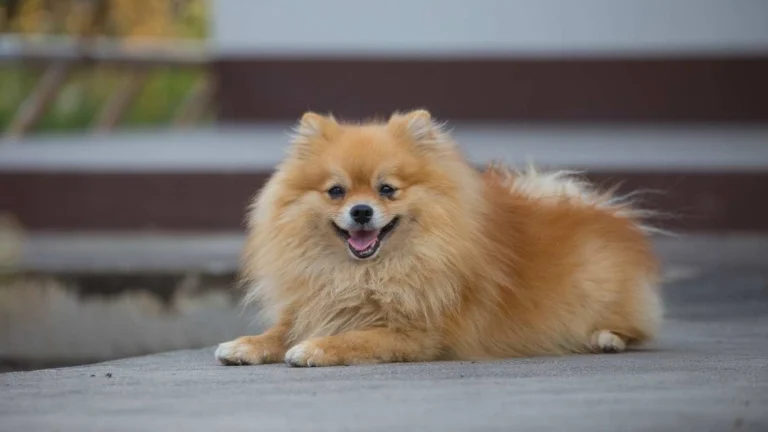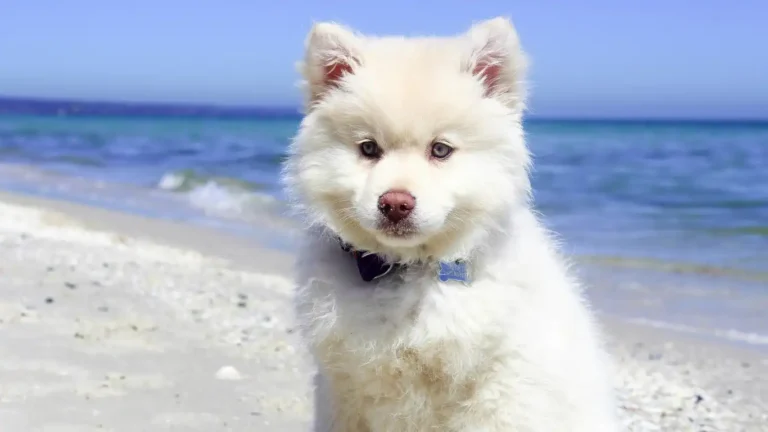How to Stop a Dog from Licking Its Paws Excessively: Proven Solutions
If you’re a dog owner, you’ve probably seen your furry friend obsessively licking their paws from time to time. While some occasional licking is normal, if your dog is licking their paws excessively, it could be a sign of an underlying issue. As a pet nutritionist and pet care expert working closely with veterinary clinics, I’ve seen how this behavior can be linked to a range of causes, from allergies to boredom. But don’t worry—if you’re wondering how to stop a dog from licking its paws excessively, you’re not alone. In this article, I’m going to walk you through the reasons behind this behavior and share tips to help curb it, based on my experience with thousands of pets and their owners.
Understanding Why Dogs Lick Their Paws
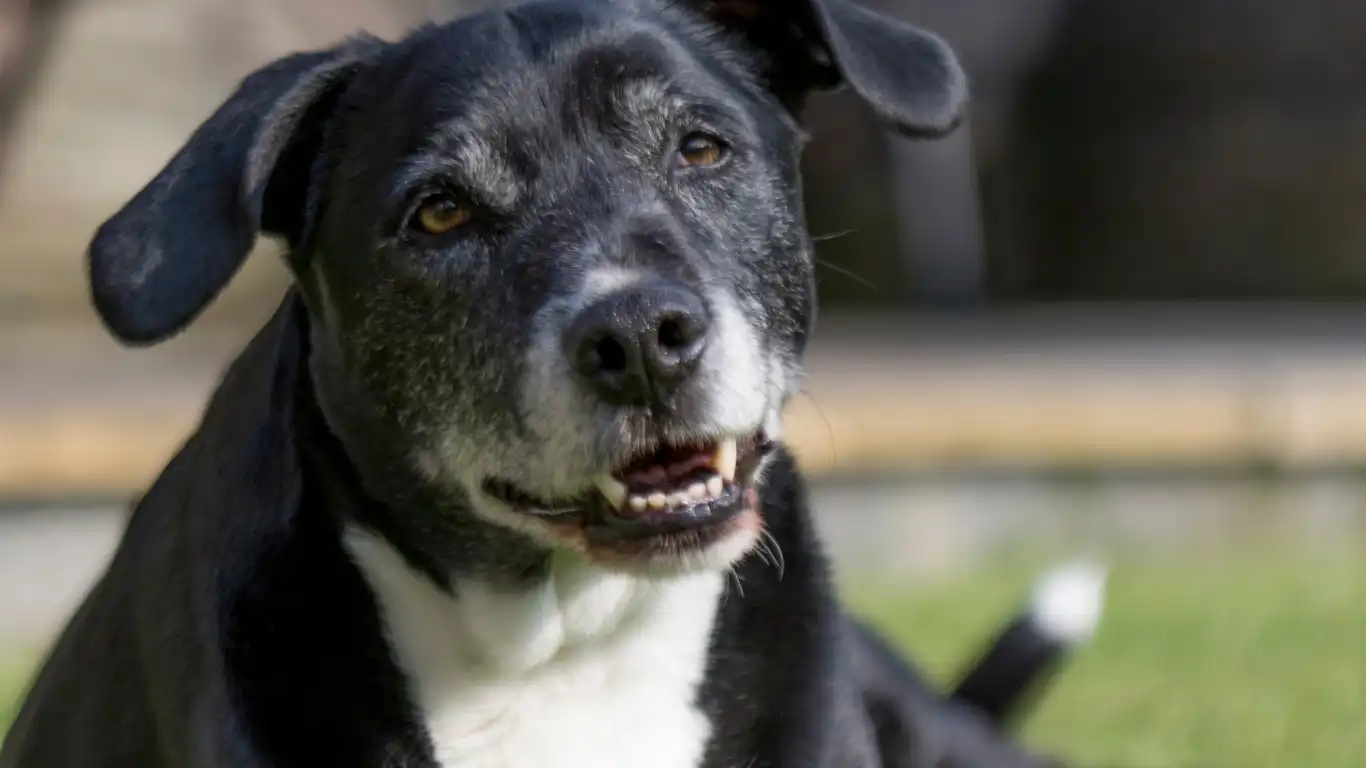
Before diving into how to stop a dog from licking its paws excessively, it’s important to first understand *why* they do it in the first place. Dogs lick their paws for various reasons, and while some licking is totally natural, excessive licking could indicate a more serious problem. Below are some common reasons why dogs lick their paws:
1. Allergies
Allergies are one of the most common causes of excessive paw licking. Just like humans, dogs can be allergic to a wide range of things, including certain foods, pollen, grass, or even cleaning products. If your dog’s paw licking is accompanied by redness, swelling, or other signs of irritation, allergies might be the culprit. I’ve worked with many pet owners who didn’t realize their dog had food allergies until we investigated their diet and made some changes. It’s worth considering if your dog’s licking is seasonal or linked to a particular environment.
2. Dry or Irritated Skin
Just like humans, a dog’s skin can get dry or irritated. This can lead to them licking their paws for relief. If your dog’s paws feel rough or are peeling, dry skin could be the issue. Sometimes, weather changes or even frequent walking on hot pavement can cause this. In my clinic, I’ve seen a lot of dogs who lick their paws excessively after winter when the cold, dry air takes a toll on their skin. Regular moisturizing treatments can help soothe their paws, but if the dryness persists, you should consult a vet to rule out any underlying health problems.
3. Anxiety or Stress
Some dogs lick their paws when they’re feeling anxious or stressed. It’s a form of self-soothing for them. I’ve noticed that dogs who are separated from their owners or those who don’t get enough exercise may develop compulsive behaviors like excessive licking. If you think your dog’s paw licking could be linked to stress, think about any recent changes in their environment. Have you moved? Is there a new pet in the house? Sometimes, addressing the root cause of the anxiety can help stop the licking.
4. Pain or Injury
Excessive paw licking could also be a sign that your dog is in pain. If they’ve stepped on something sharp or have a nail injury, they might lick the area to relieve discomfort. In these cases, the licking is more localized to a specific paw, and it may be accompanied by limping or sensitivity to touch. If you suspect your dog might have injured their paw, it’s best to have them checked by a vet as soon as possible to avoid further complications.
5. Boredom or Lack of Stimulation
If your dog isn’t getting enough mental or physical stimulation, they may resort to licking their paws simply out of boredom. In my experience, dogs who are left alone for long periods or don’t get enough playtime can develop this kind of behavior. Licking becomes a way to pass the time, but it can also turn into a habitual action. More exercise and interactive play sessions may be just what your dog needs to redirect their attention.
Signs You Should Be Concerned About Paw Licking
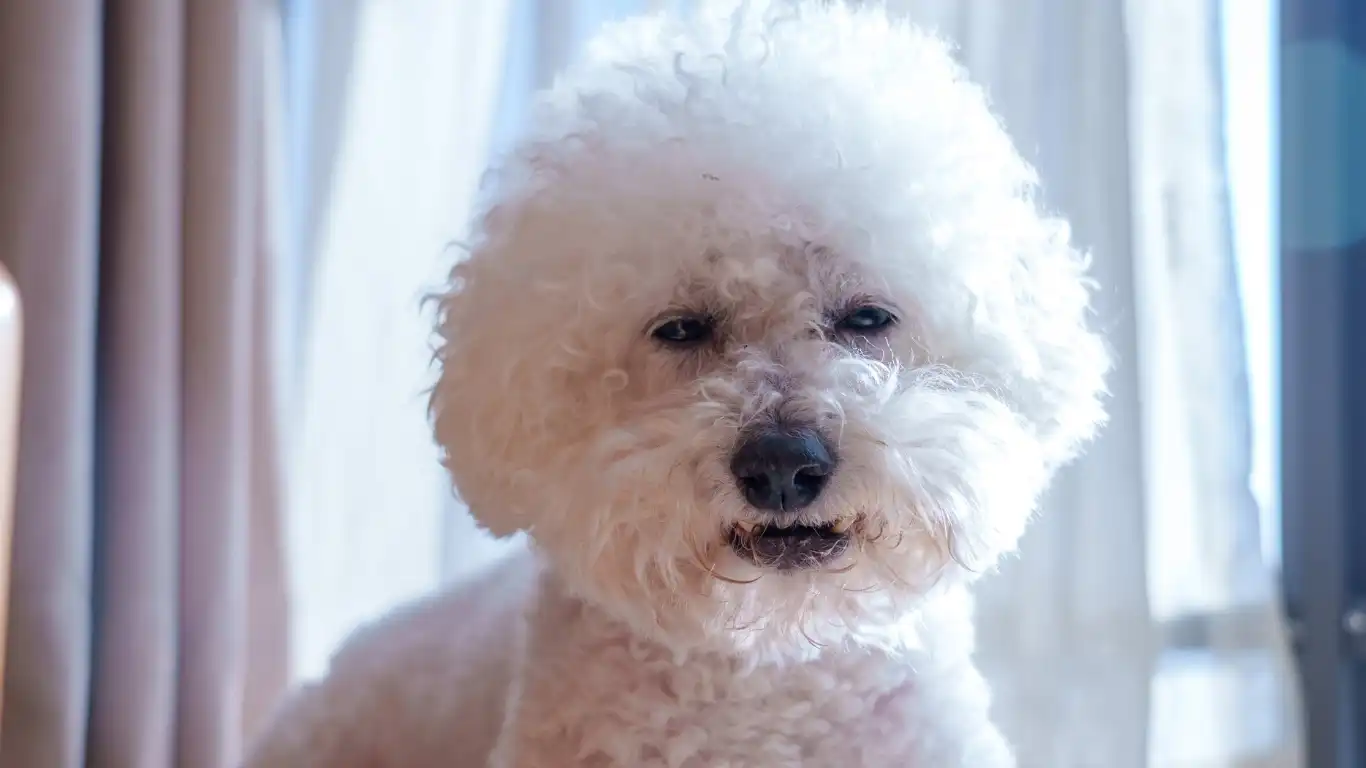
Now that you know some of the reasons why your dog may be licking their paws, it’s important to recognize when it becomes a problem. In some cases, occasional paw licking is normal and nothing to worry about. However, if the behavior becomes frequent and prolonged, you’ll want to take action. Here are some signs that you should be concerned about your dog’s paw licking:
- Redness, swelling, or sores – If your dog’s paw is inflamed, raw, or has open wounds from excessive licking, it’s time to intervene.
- Foul odor – A bad smell coming from your dog’s paws could indicate an infection, such as a yeast or bacterial infection.
- Loss of fur – If you notice patches of fur missing on their paws or around the mouth, this could be a sign of an allergy or an underlying skin condition.
- Change in behavior – If your dog seems unusually lethargic, refuses to walk, or is excessively licking one paw in particular, it’s worth seeking veterinary advice.
Is It Time to Visit the Vet?
If your dog’s paw licking has become chronic or is causing visible damage to their paws, it’s best to consult your veterinarian. In my experience, many pet owners hesitate to see a vet for behavioral issues like paw licking, but sometimes, early intervention can prevent a lot of discomfort and stress for your dog. Your vet will be able to perform a thorough examination, determine the root cause of the problem, and recommend a treatment plan that works best for your dog.
What You Can Do at Home to Help
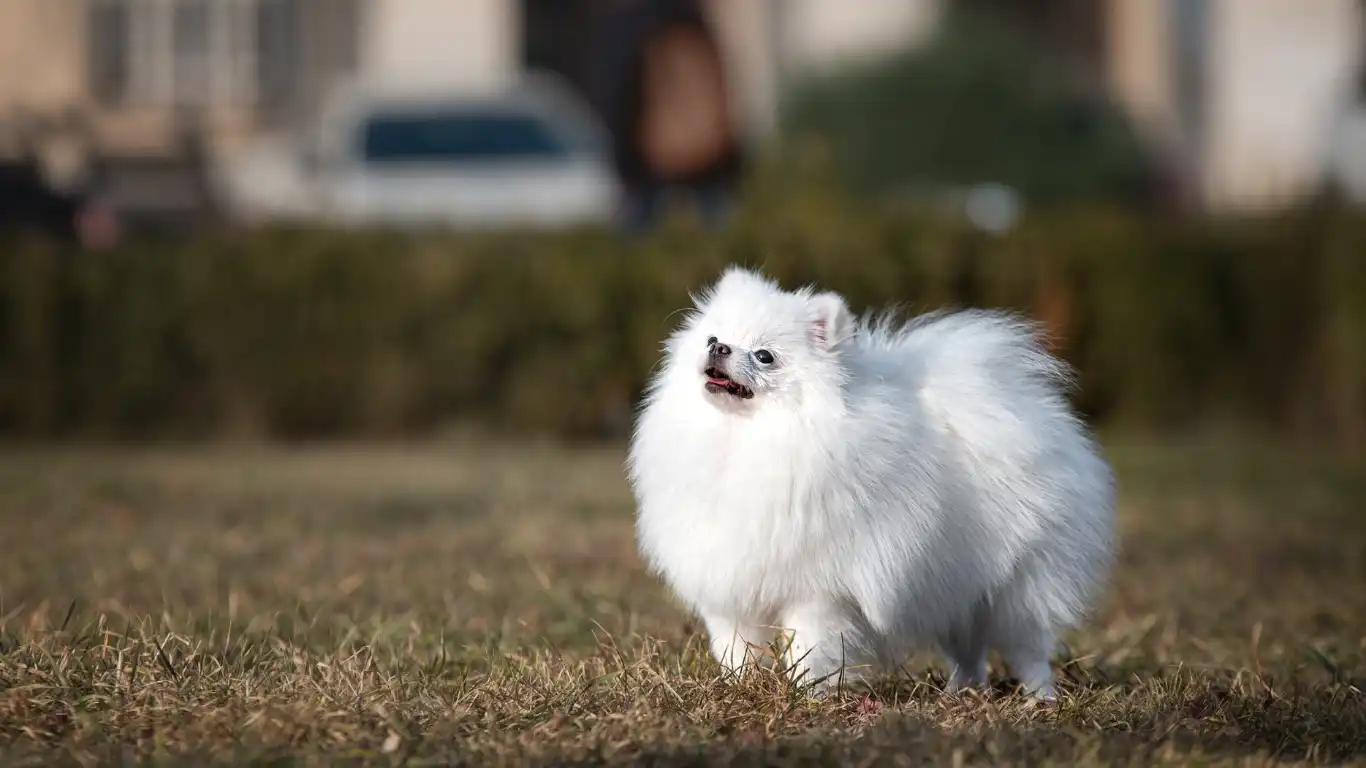
If you’re wondering how to stop a dog from licking its paws excessively, there are a few things you can try at home. Of course, if you’ve ruled out any serious health issues with the help of your vet, you can begin implementing some of these strategies to help manage the behavior:
- Keep your dog’s paws clean – Gently wash your dog’s paws with mild, dog-safe shampoo and make sure to dry them thoroughly after walks. This can help reduce irritants like dirt and pollen that might be causing discomfort.
- Consider a change in diet – If allergies are suspected, consider switching to a hypoallergenic dog food or adding supplements like omega-3 fatty acids to promote healthy skin.
- Provide more mental stimulation – Engage your dog with puzzle toys, new training exercises, or increased playtime. A tired dog is less likely to focus on licking their paws.
These at-home remedies can be effective in reducing your dog’s paw licking, but keep an eye on the behavior. If it continues or worsens, it’s always best to consult your vet for a more targeted solution.
Advanced Solutions for Stopping Excessive Paw Licking
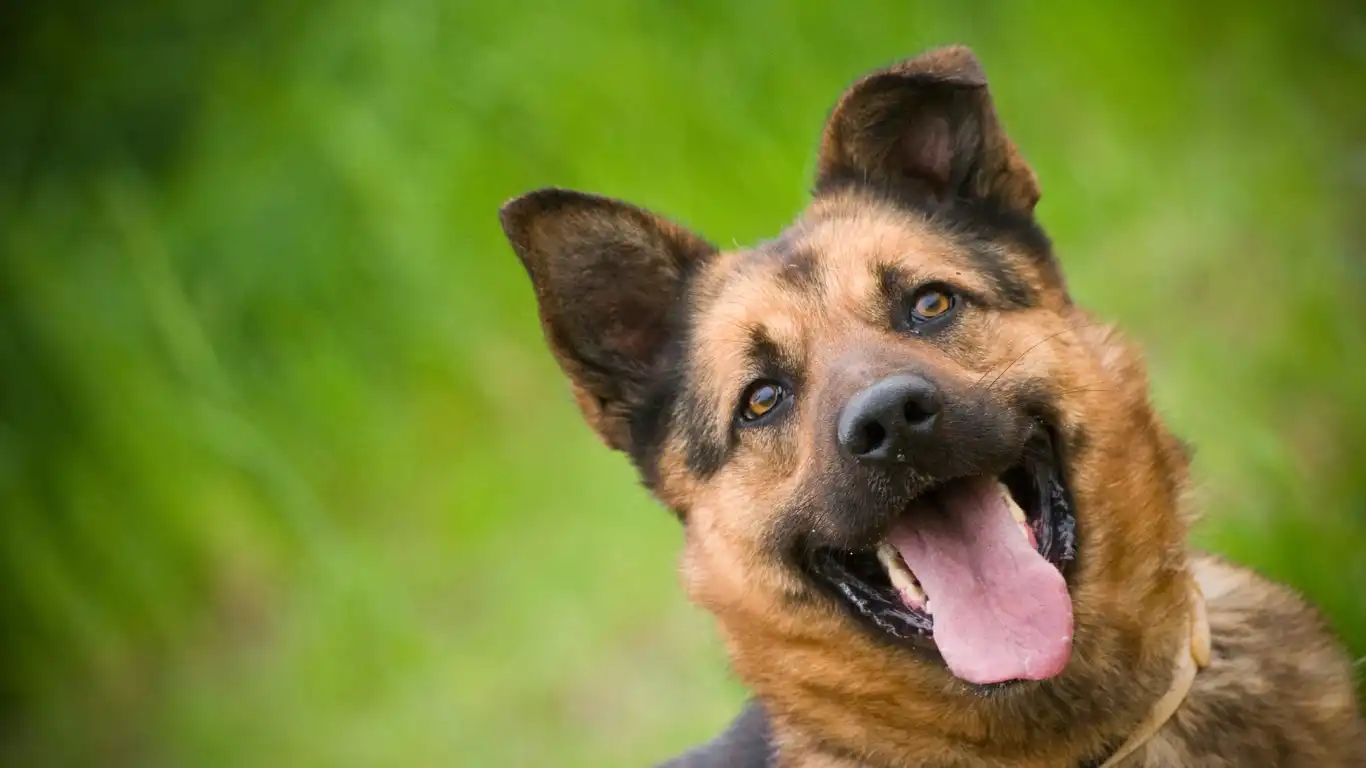
If your dog’s paw licking continues despite trying the simpler at-home remedies, don’t worry! There are more advanced methods to help stop the licking. As a pet nutritionist and expert who has seen a wide range of pet health issues, I can tell you that persistent paw licking often requires a combination of approaches. From behavioral interventions to medical treatments, let’s go over some options that could provide the relief your dog needs.
1. Behavioral Training to Break the Licking Habit
Sometimes, your dog’s paw licking isn’t just about pain, allergies, or anxiety—it can become a learned habit. I’ve worked with dogs that lick their paws out of boredom, anxiety, or even because they’ve simply found it to be a satisfying action. If your dog is licking excessively without a clear medical cause, you may need to focus on training them to stop the behavior.
One of the most effective ways I’ve seen to curb this habit is by using positive reinforcement. When your dog starts licking, gently redirect their attention to a toy or another activity. As soon as they stop licking and focus on the new task, reward them with praise or a treat. Over time, they’ll begin to associate stopping the licking behavior with positive outcomes.
Another method that can help is to use a “time-out” technique. When your dog starts licking, calmly walk away and ignore them for a few minutes. This will help break the cycle of self-rewarding behavior. Consistency is key here—make sure everyone in your household follows the same approach to training.
2. Anti-Lick Sprays and Topical Solutions
If your dog’s licking is persistent, an anti-lick spray might be worth considering. These sprays are designed to taste unpleasant to dogs but are completely safe. I’ve had clients use them to discourage licking on specific areas like their paws or tail. However, I always recommend trying natural sprays that are free of harmful chemicals. Some commercial anti-lick sprays can have strong odors, which might bother both you and your dog.
In addition to anti-lick sprays, you can use soothing ointments or creams. These not only deter your dog from licking but also help moisturize the skin and treat any damage caused by excessive licking. Make sure the ointment is formulated for pets—human products can be toxic to them.
3. Collar Solutions: The “Cone of Shame” and Alternatives
When all else fails, or if your dog’s licking is causing significant damage to their paws, a physical barrier like a collar may be necessary. While many people automatically think of the dreaded “cone of shame,” there are actually more comfortable alternatives available. These collars prevent your dog from reaching their paws and licking them, giving the skin a chance to heal.
Personally, I’ve seen that some dogs do better with softer, inflatable collars, which allow them to move around more freely and comfortably. There are also soft collars that are less intrusive and can be easier for your dog to tolerate. It’s not the most fun option, but it can be a useful tool when combined with other treatments.
When to Consult a Veterinarian for Medical Treatment
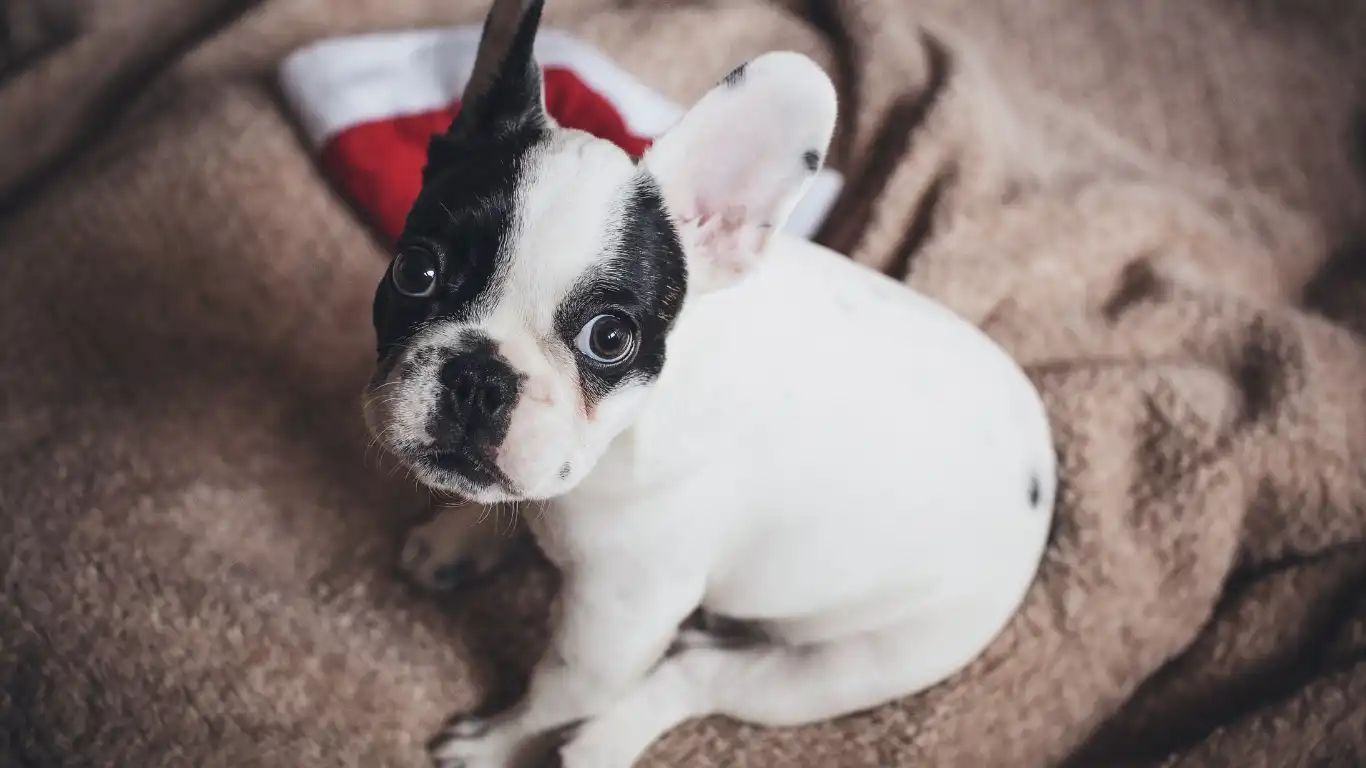
While home remedies and training techniques can be effective, there are cases when professional intervention is required. If your dog’s paw licking is accompanied by signs of infection, persistent pain, or swelling, you should reach out to a veterinarian immediately. As a pet nutritionist, I’ve had cases where paw licking was a symptom of a more serious underlying health condition, such as autoimmune disorders, infections, or even cancer.
Your vet may perform tests, such as skin scrapings, blood tests, or allergy testing, to get to the root of the problem. In some cases, medications may be necessary to control an infection, reduce inflammation, or alleviate allergy symptoms. For example, corticosteroids or antihistamines are often prescribed to treat severe allergic reactions, while antibiotics might be given for bacterial infections.
1. Antibiotics and Antifungals for Infection
If your dog’s paws are infected from constant licking, your vet may prescribe antibiotics or antifungal treatments. These medications will help clear up any infections and prevent further licking due to pain or irritation. I’ve seen many dogs make a full recovery after a few weeks of topical or oral treatments, so don’t hesitate to get medical help if you suspect an infection.
2. Steroids or Antihistamines for Allergies
If your dog’s excessive paw licking is linked to allergies, your vet may suggest steroid injections or oral antihistamines to help control the symptoms. This can be especially helpful for dogs that have seasonal allergies or those who react to food ingredients. I’ve had a lot of success in helping dogs manage their allergy symptoms by adjusting their diet and recommending safe, vet-approved allergy medications. In some cases, desensitization therapies may also be recommended to reduce the allergic response over time.
3. Joint and Pain Medications for Arthritic Dogs
Older dogs or those with joint issues may lick their paws as a response to pain, especially if arthritis is involved. In these cases, your vet may prescribe pain medications or joint supplements like glucosamine to alleviate discomfort. This not only helps reduce paw licking but also improves your dog’s quality of life. I always recommend checking in with your vet to discuss any possible pain management options if you think arthritis might be a factor in your dog’s paw licking behavior.
How to Prevent Future Paw Licking
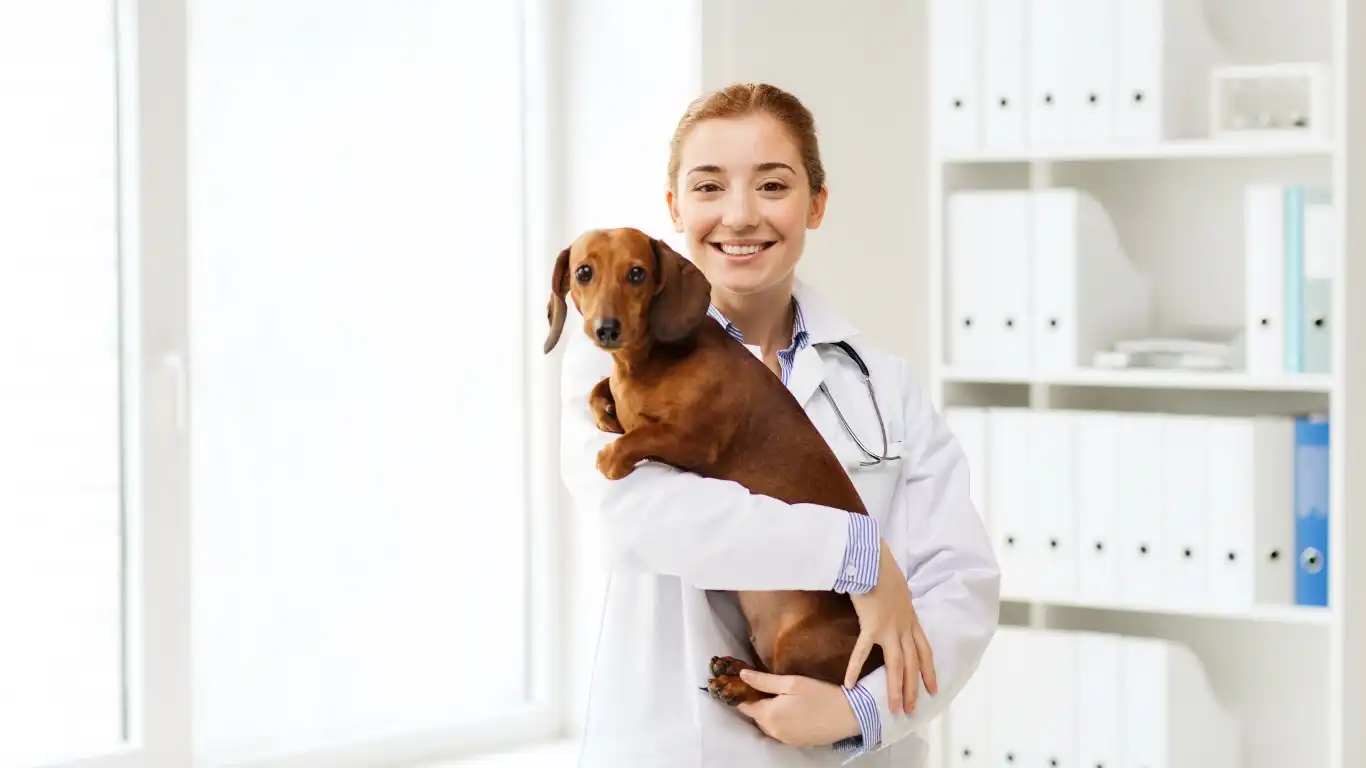
Prevention is always better than a cure, and once your dog’s paw licking has been managed, it’s essential to take steps to prevent it from coming back. There are several proactive measures you can take to keep your dog’s paws healthy and avoid future issues with excessive licking.
1. Regular Grooming and Paw Maintenance
Keeping your dog’s paws clean and well-groomed can significantly reduce the chances of irritation. Regularly trimming the hair around their paws and checking for foreign objects, like thorns or debris, can help prevent discomfort. In my experience, owners who pay attention to their dog’s paw health are much less likely to encounter long-term licking problems.
Also, don’t forget to regularly inspect your dog’s nails. Long nails can cause pain, leading to licking or chewing. Keep them trimmed to avoid any discomfort and prevent your dog from developing a habit of licking out of frustration.
2. Provide a Balanced Diet for Skin Health
A balanced, nutrient-rich diet plays a huge role in your dog’s overall health, including their skin. Foods rich in omega-3 fatty acids, like fish oils, can help maintain healthy skin and prevent allergic reactions that could lead to paw licking. I recommend speaking to your vet or a pet nutritionist about the best food options for your dog, especially if they have known skin issues or allergies. Keeping them on a high-quality diet can help them feel great and reduce licking behaviors over time.
3. Keep Your Dog Active and Stimulated
As mentioned earlier, boredom and stress are major contributors to paw licking. By keeping your dog physically and mentally engaged, you’ll be less likely to encounter excessive licking problems. Ensure your dog is getting enough exercise, playtime, and mental stimulation, especially if they are alone for long periods. Puzzle toys, new training tricks, and regular outdoor adventures are excellent ways to keep your dog’s mind occupied.
Long-Term Solutions and Lifestyle Adjustments
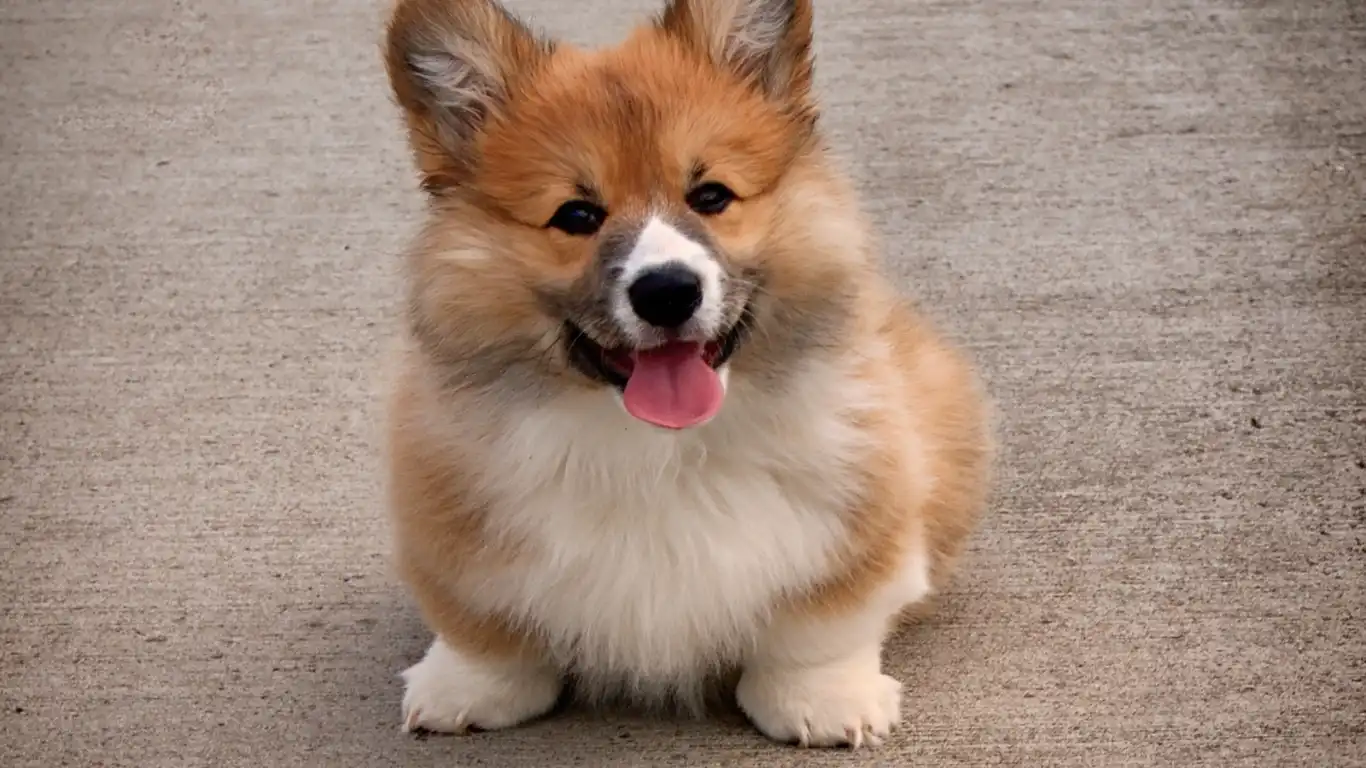
Once you’ve addressed your dog’s paw licking behavior with some of the strategies discussed in earlier sections, it’s time to focus on long-term solutions and lifestyle changes that can help prevent the issue from cropping up again. Consistency is key in maintaining your dog’s health, and it requires a bit of effort to keep them happy, healthy, and free from excessive licking.
1. Develop a Consistent Routine
One of the most helpful things you can do to prevent your dog from excessively licking its paws is to establish a consistent daily routine. Dogs thrive on routine. In my experience, dogs who know when they will eat, exercise, and play tend to be less anxious and more content. Anxiety often drives paw licking, and a structured routine can help alleviate this.
Incorporate regular walks, meal times, and playtime into your dog’s day. Ensure that their routine is predictable, as this creates a sense of security and stability. Over time, you’ll notice that your dog starts to feel more comfortable and their compulsive licking may reduce significantly. It’s all about reducing their stress and providing them with a fulfilling daily experience.
2. Environmental Modifications to Reduce Allergens
If allergies are a factor in your dog’s excessive paw licking, making some changes to their environment can help reduce their exposure to allergens. In my work, I’ve had great success helping dog owners modify their living spaces to make things more comfortable for pets with allergies. Here are a few things you can do:
- Clean your home regularly: Dust, pollen, and other allergens can trigger reactions in dogs. Make sure to vacuum and wipe down surfaces regularly. Consider using a HEPA filter for better air quality.
- Wash your dog’s bedding frequently: Your dog’s bedding is a breeding ground for dust mites and other allergens. Wash it weekly to prevent build-up.
- Limit outdoor exposure during high-pollen seasons: If your dog has seasonal allergies, try to limit outdoor time during peak pollen seasons, especially in the early morning or late afternoon when pollen counts are higher.
3. Use Supplementation to Boost Skin and Coat Health
Supplements can play a big role in your dog’s overall health, including their skin and coat. If your dog has dry, itchy, or irritated skin, adding supplements like omega-3 fatty acids or probiotics to their diet can help support their skin health and reduce paw licking. I’ve had success with omega-3 fatty acids, in particular, as they are known to have anti-inflammatory properties that can soothe irritated skin.
Make sure to choose high-quality supplements that are designed for dogs, and consult with your vet or a pet nutritionist before starting any new supplement regimen. This will ensure you’re giving your dog the best possible nutrients to maintain healthy skin and prevent paw-licking behaviors. Not only do these supplements improve the skin, but they also help boost your dog’s overall immune system, which can help reduce allergy flare-ups.
Understanding the Connection Between Mental Health and Licking
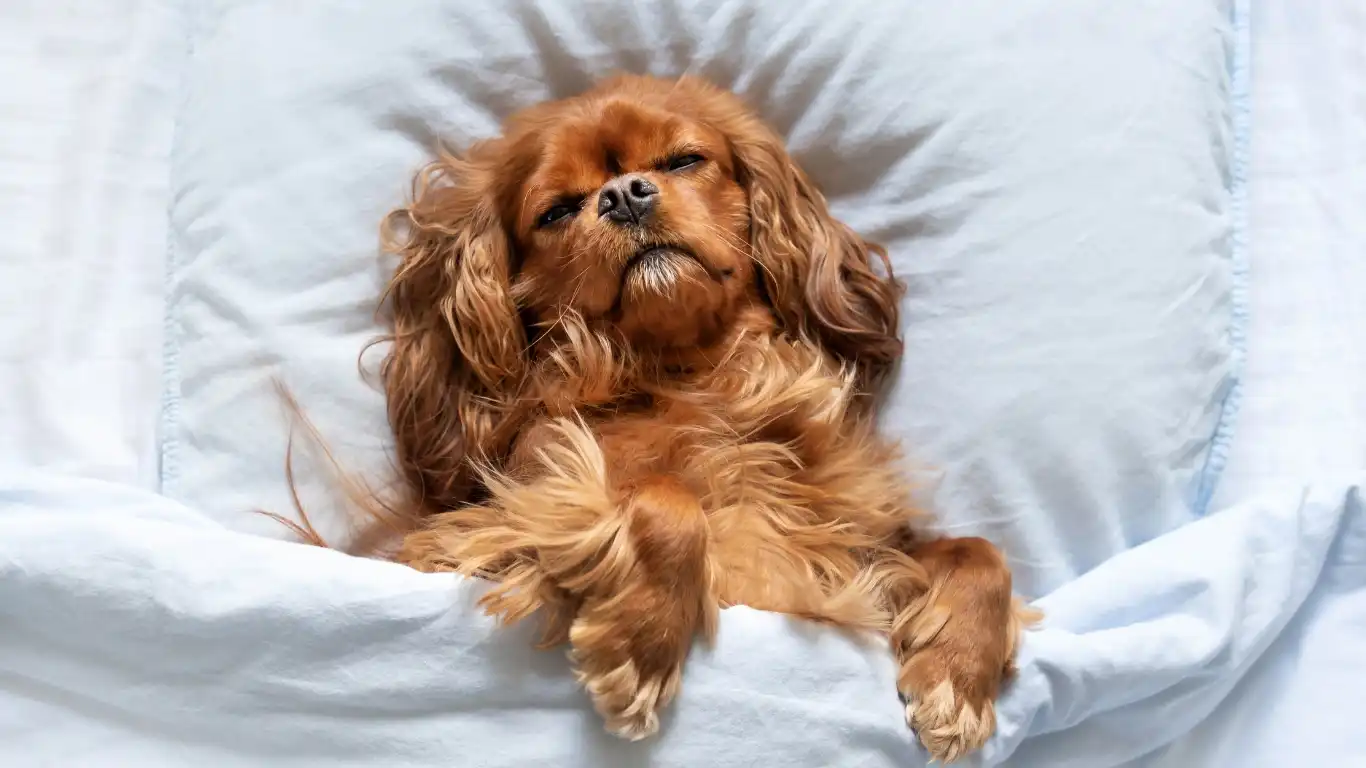
We’ve already touched on anxiety and stress as triggers for paw licking, but it’s important to dive deeper into the connection between your dog’s mental health and their behavior. Dogs can suffer from anxiety and stress just like humans, and when it’s left unaddressed, it can lead to behaviors like excessive licking. I’ve worked with several clients whose dogs had developed compulsive behaviors, including paw licking, due to separation anxiety, fear of loud noises, or past trauma.
1. Manage Separation Anxiety
If your dog tends to lick their paws when you’re away, separation anxiety could be the culprit. Dogs who are extremely attached to their owners may become anxious when left alone. This anxiety can manifest in behaviors like excessive licking, destructive chewing, or excessive barking. To help your dog manage separation anxiety, try the following strategies:
- Gradual desensitization: Leave your dog alone for short periods of time and gradually increase the duration. This helps them become accustomed to your absence without feeling anxious.
- Provide interactive toys: Give your dog something to keep them occupied while you’re gone, like puzzle toys or treat-dispensing toys. This can help take their mind off the fact that you’re not there.
- Use calming products: Calming sprays, diffusers, or even anxiety wraps can provide comfort to anxious dogs. Some products use pheromones to mimic the calming scent that a mother dog gives off, which helps reduce stress.
2. Address Fear-Based Anxiety
If your dog’s licking is linked to fear, such as fear of loud noises or unfamiliar environments, you might need to work on counter-conditioning and desensitization. For example, if your dog is afraid of thunderstorms, try playing calming music or using soundproofing methods to reduce the intensity of the noise. Over time, as your dog gets used to these triggers, their anxiety should decrease, and the paw licking will likely lessen.
Consulting with a professional dog trainer or animal behaviorist can be a game-changer for dogs with serious anxiety issues. They can guide you in developing a comprehensive behavior modification plan tailored to your dog’s needs.
When to Seek Professional Help
While many cases of paw licking can be managed with the right approach, there are times when professional help is needed. If you’ve tried the methods discussed in this article and your dog’s licking continues or worsens, it may be time to consult a veterinarian or animal behaviorist for further evaluation. This is especially important if you notice signs of infection, open wounds, or if your dog seems to be in pain.
Sometimes, excessive paw licking can be a symptom of a deeper health issue that requires professional attention. As a pet nutritionist, I recommend that you seek professional guidance if:
- Your dog’s paws are becoming infected or sore from licking.
- The licking is accompanied by behavioral changes like loss of appetite or excessive lethargy.
- You suspect your dog’s paw licking might be linked to chronic pain or a medical condition.
Working closely with your vet will help you get to the root cause of the problem and prevent further discomfort for your dog.
References
- Paw Patron – Pet Care Tips and Advice
- American Kennel Club – Dogs Licking Their Paws Excessively
- Vetstreet – Why Do Dogs Lick Their Paws?
Disclaimer
The information provided in this article is intended for educational purposes only and is not a substitute for professional veterinary advice. Always consult with your veterinarian for any health concerns related to your pet.
